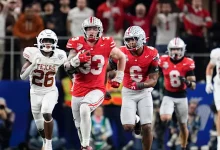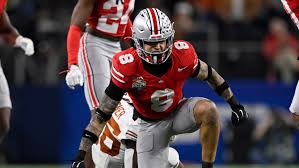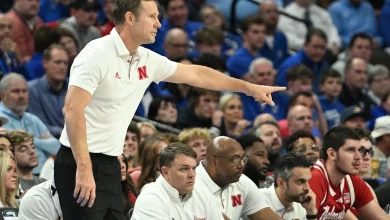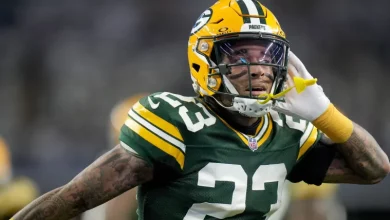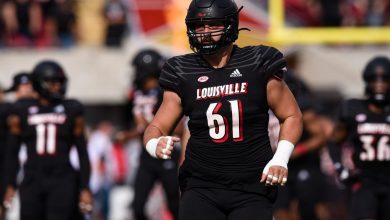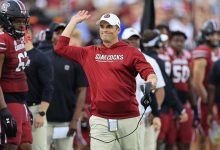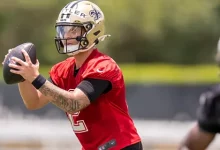Why Tennessee winning too much could be a problem for Danny White in era of paying players
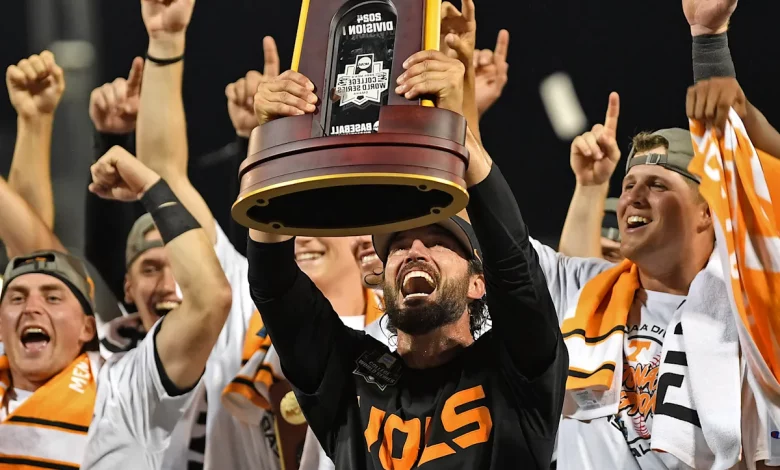
Why Tennessee winning too much could be a problem for Danny White in era of paying players
The University of Tennessee has cultivated a well-earned identity as the “everything school” in athletics because it’s won at a high level in every sport in recent years.
Most visibly, the Vols made the College Football Playoff, won a baseball national title and reached the Elite Eight in men’s basketball in the past year. And Lady Vols softball is a national title contender.
All 20 Tennessee programs reached the NCAA postseason or a bowl game in 2023-24, and many are still ranked in the top 10. UT has won the SEC All-Sports Trophy three straight times.
But as challenging as it was to earn that “everything school” reputation, it’s about to become more difficult to uphold it in the revenue sharing era.
It’s not a competitive issue on the field or court. It’s a potential player payroll problem.
Beginning July 1, schools will pay athletes directly by sharing revenue, pending approval of the House settlement in a conglomerate of federal antitrust lawsuits against the NCAA and power conferences.
Schools will pay athletes under a cap estimated at $20.5 million with percentages of revenue assigned to revenue-generating sports like football, basketball and baseball. That’s in addition to income players earn from name, image and likeness deals from third parties.
But in direct school-to-player pay, there will be different strategies. One school will overpay men’s basketball players on a Final Four contender and offset the cost by underpaying players in a losing baseball program. Another will take a few bucks off the football players’ payroll and redirect it to women’s basketball players.
If a program struggles, its players could be underpaid. If a program wins consistently, its players could be overpaid.
UT’s blessing and curse is that it’s good in virtually every sport. That means tough decisions lie ahead, and the demand grows for extra money in NIL.
How Tennessee could pay players aside from NIL
UT has not disclosed its approach to revenue sharing. But it appears UT, like most SEC schools, will distribute the money to athletes according to revenue their sports produce.
A model was prescribed in the preliminary House settlement based on the national averages of per-sport revenue:
75% to football players
15% to men’s basketball
5% to women’s basketball
5% to other sports (including baseball)
Those percentages likely will be calculated in an $18 million budget, instead of $20.5 million, because $2.5 million will count toward new scholarships with increased roster limits.
The SEC could mandate member schools to follow this plan exactly, and that uniformity would benefit schools like UT that win in everything.
If the SEC doesn’t mandate a plan, a few schools could tweak their percentages to gain an edge in recruiting and roster building in a specific sport to the detriment of another sport. Schools in other conferences will make the same adjustments for a competitive advantage in select sports.
That’s where UT runs into a dilemma. Among its major revenue-generating sports, it doesn’t have a weak program.
Tennessee wins too much to short-change any sport
Imagine UT athletics director Danny White trying to trim the player payroll of a specific sport.
He can’t do that in football. That’s where about three-fourths of UT’s sports-specific revenue is generated. And in the SEC, football determines success or failure.
Could White short-change men’s basketball? Not when Rick Barnes is knocking on the door of the Final Four.
What about Lady Vols basketball? White hired Kim Caldwell a year ago to rebuild the historically premier brand in the sport, and he’s not backing off now.
Baseball can’t go cheap. Tony Vitello guided the Vols to a national title, and the high-priced suites and seats in a renovated Lindsey Nelson Stadium won’t be filled if the program slumps.
Until NIL is under control, it still impacts winning
The solution to this payroll strain is traditional NIL, which is third-party money paid to athletes by businesses and booster collectives separate from the university.
Schools are allowed to pay a maximum of $20.5 million per year to athletes. But, in theory, there is no cap to third-party NIL pay.
In the revenue sharing system, a new NIL clearinghouse will vet deals to determine if they’re legitimate fair market agreements. But there’s skepticism of its effectiveness.


